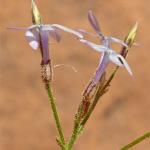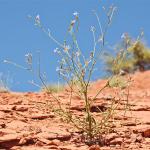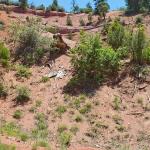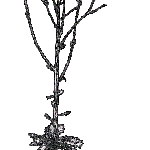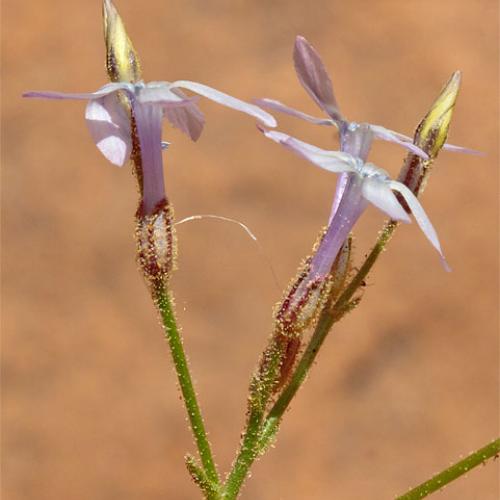Aliciella cliffordii (Clifford's Gilia)
| USFWS | State of NM | USFS | BLM | Navajo Nation | State Rank | Global Rank | R-E-D Code | NMRPTC Status | Strategy Status |
|---|---|---|---|---|---|---|---|---|---|
| S1 | G1 | 2-1-2 | R | SS |
| Overall Conservation Status | Documented Threats | Actions Needed |
|---|---|---|
| WEAKLY CONSERVED | No Information |
Status surveys on abundance, distribution and threats |
Aliciella cliffordii is mostly pollinated by beeflies (Bombilius lancifer) while the closely related A. haydenii is pollinated by hawk moths. Porter (2011) states, "While A. cliffordii seems technically weak if considering the morphological features alone, the different pollination system and geographic disjunction is consistent with a hypothesis of peripatric speciation, involving a change in pollination mechanisms."
Heil, K.D., S.L. O’Kane, L. Reeves and A. Clifford. 2012 (In Press). Four Corners flora. Missouri Botanical Garden Press, St. Louis, Missouri.
*Porter, J.M. 2011. Two new Aliciella species and a new subspecies in Ipomopsis (Polemoniaceae) from the western United States of America. Phytotaxa 15:15-25.
For distribution maps and more information, visit Natural Heritage New Mexico

